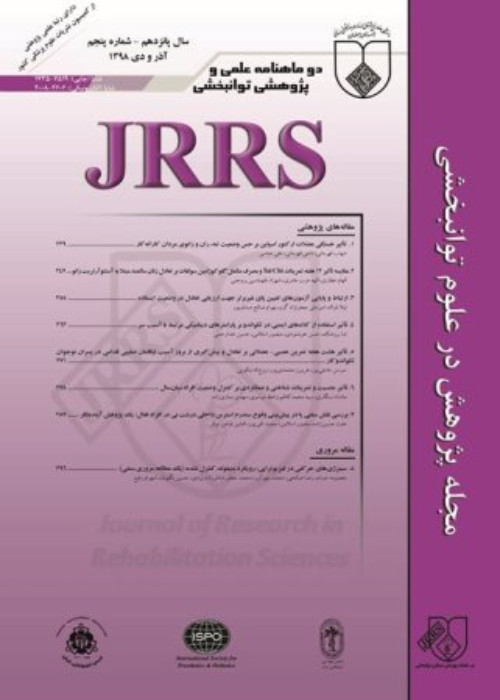Description of Paralympic Athletes’ Talent Development Environment
The contemporary studies seek to describe the appropriate environments for athletic talent development by changing procedure instead of talent identification, which is a tedious process that sometimes does not yield the desirable result. Accordingly, some studies have described the athletic talent development environment, but only a few studies have described Paralympic athletic talent development environment. Therefore, the aim of the present study was to describe Para-Asian and Paralympic athletic talent development environment.
The current research was a descriptive-correlational study. The study participants consisted of 150 athletes (46 women and 104 men) who participated in the teenage and youth Para-Asian and Paralympic games between the years 2014-2018. The participants were selected using convenience sampling method. In this study, Talent Development Environment Questionnaire for Sport was used. This questionnaire comprises seven subscales: “long-term development focus”, “quality preparation”, “communication”, “understanding the athlete”, “support network”, “challenging and supportive environment”, and “long-term development fundamentals”. The obtained data were analyzed using one-sample t test.
The means of the four subscales of “long-term development focus” (P = 0.001), “communication” (P = 0.001), “challenging and supportive environment” (P = 0.001), and “long-term development fundamentals” (P = 0.001), were higher than average. The means of the two subscales of “support network” (P = 0.450) and “understanding the athlete” (P = 0.360) were at a moderate level. The mean of “quality preparation” (P = 0.035) was less than average.
In talent development environment for athletes with disability, more attention should be paid to providing the athletes with continuous and always-available support of coaching staff as well as services and facilities. Additionally, the coaches should pay more attention to the athlete’s physical and mental health; so that the athlete feels his/her health is important to the coach.
Environment , Talent , Development , Athlete , Disabled
- حق عضویت دریافتی صرف حمایت از نشریات عضو و نگهداری، تکمیل و توسعه مگیران میشود.
- پرداخت حق اشتراک و دانلود مقالات اجازه بازنشر آن در سایر رسانههای چاپی و دیجیتال را به کاربر نمیدهد.



